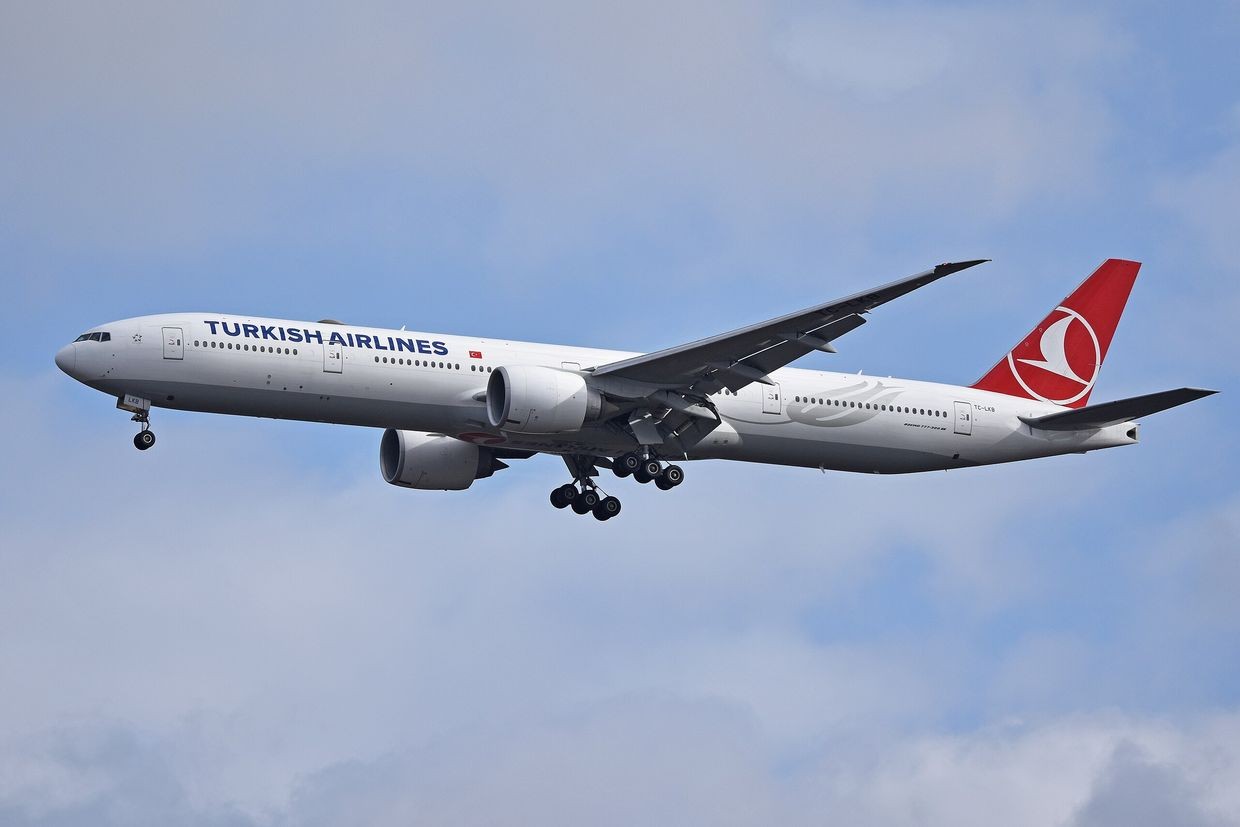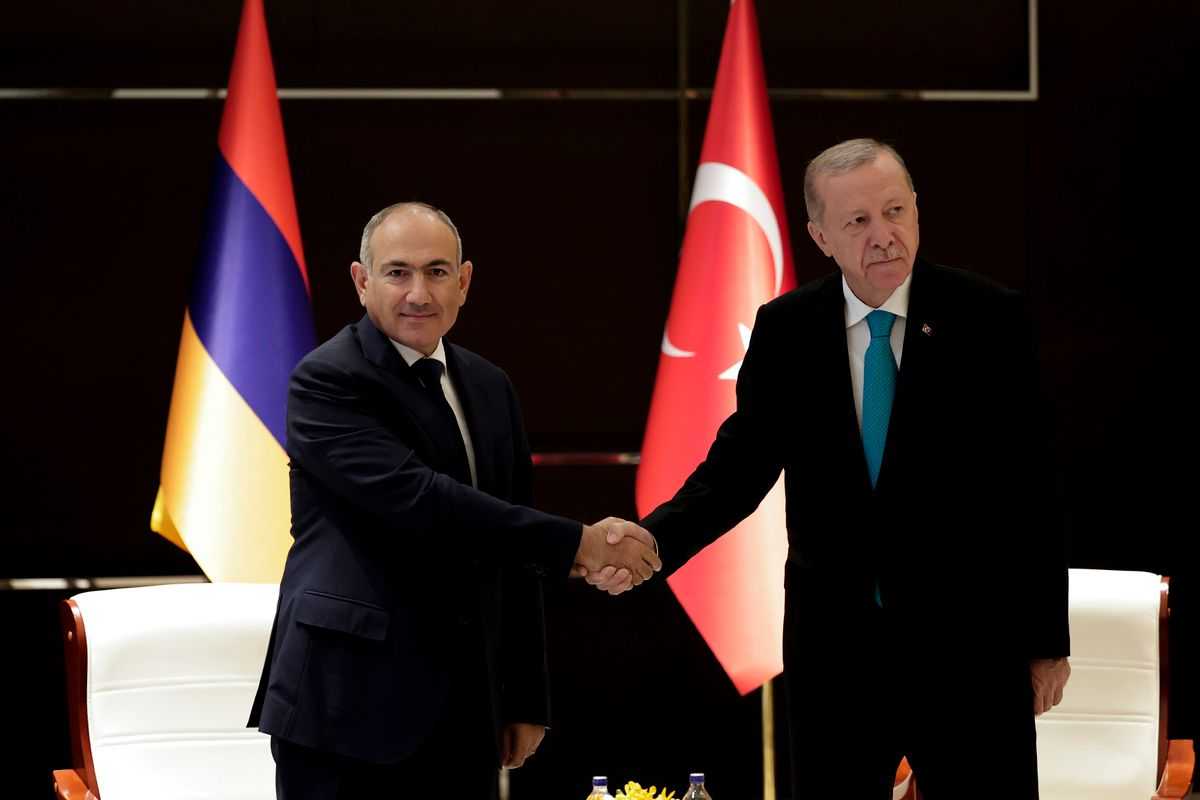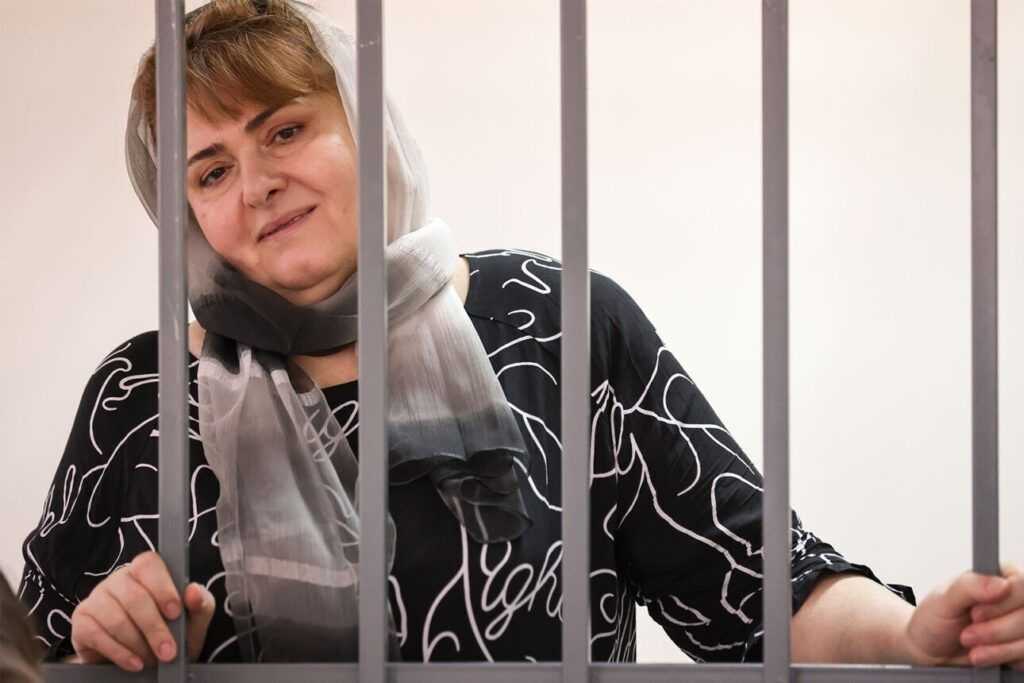
Turkey’s national carrier, the Turkish Airlines, has announced plans to begin direct flights to Yerevan, as the two neighbouring countries move towards normalising relations.
The airline confirmed the move in a regulatory filing on Tuesday, though it has not yet provided a start date or potential flight frequency on the route.
Officials said the schedule would depend on passenger demand and market conditions.
If realised, the flights would mark the first time in years that Turkey’s national carrier operates a direct route to Armenia. At present, the only air connection between Yerevan and Istanbul is provided by Turkish low-cost carrier Pegasus, after Armenian airline FlyOne Armenia was forced to suspend its operations through Turkish airspace due to a Turkish Turkish government-imposed ban in 2023.
Armenia’s air links with the outside world were disrupted after Russia’s full-scale invasion of Ukraine in 2022, when flights through Moscow, Minsk, and Kyiv — once common transit routes for Armenian travelers — were suspended. Services to Moscow and Minsk were halted due to sanctions, while Kyiv’s operations ceased because of the war. Later, Poland, another frequent transit route, began requiring a transit visa in addition to a Schengen visa for Armenian citizens traveling to the EU.
Amid renewed efforts to normalise ties with Ankara, the lifting of restrictions on Turkish airspace and the operation of Yerevan–Istanbul and Yerevan–Antalya flights by Pegasus have provided Armenia with faster and more affordable access to Europe.
The announcement comes against the backdrop of renewed efforts to stabilise the South Caucasus following the US-brokered peace agreement between Armenia and Azerbaijan in August. Turkey, a close ally of Azerbaijan, has aligned its regional outreach with Baku’s priorities, often tying its own rapprochement with Yerevan to the progress of Armenian–Azerbaijani talks.
Additionally, according to an Armenian government decision, starting 1 November, the stamp at the border crossing of Armenia will no longer feature an image of Mount Ararat. The controversial decision to remove such a cherished symbol sparked criticism and sarcasm, with much of the mockery centred around the name of Foreign Minister Ararat Mirzoyan, suggesting that it would be replaced with Aragats, Armenia’s highest peak.
‘The justifications for the decision are very simple: the stamps have been brought into line with the modern requirements for border crossings, as well as the ideology of the Real Armenia’, Arsen Torosyan, a prominent member of the ruling Civil Contract party and newly appointed Minister of Labour and Social Affairs, said in response to the criticism.
As part of the Washington accords, the sides agreed to re-open long-closed regional transport links. One of the most contentious elements is the planned corridor connecting mainland Azerbaijan to its Nakhchivan exclave through Armenian territory. The proposed road, previously referred to by Baku as the ‘Zangezur corridor’ — a term strongly rejected by Yerevan — was named the Trump Route for International Peace and Prosperity (TRIPP), with Washington securing development rights for the project.
Speaking at a recent party conference, Armenian Prime Minister Nikol Pashinyan said his government’s dialogue with Turkey could soon lead not only to renewed air connections but also to land transport links, potentially giving Armenia direct access to European markets through Turkey.
Meanwhile, Turkey has already begun building a new railway near its eastern borders, designed to connect with a corridor running from Azerbaijan through Armenia’s southern regions to Nakhchivan and on to Turkey.
Turkish officials have repeatedly stated that the full normalisation of relations with Yerevan depends on a comprehensive settlement between Armenia and Azerbaijan — a peace deal Ankara expects to be signed in the first half of next year.











